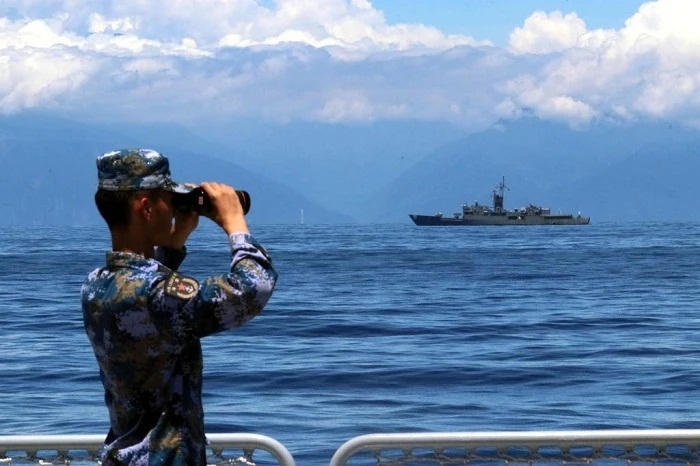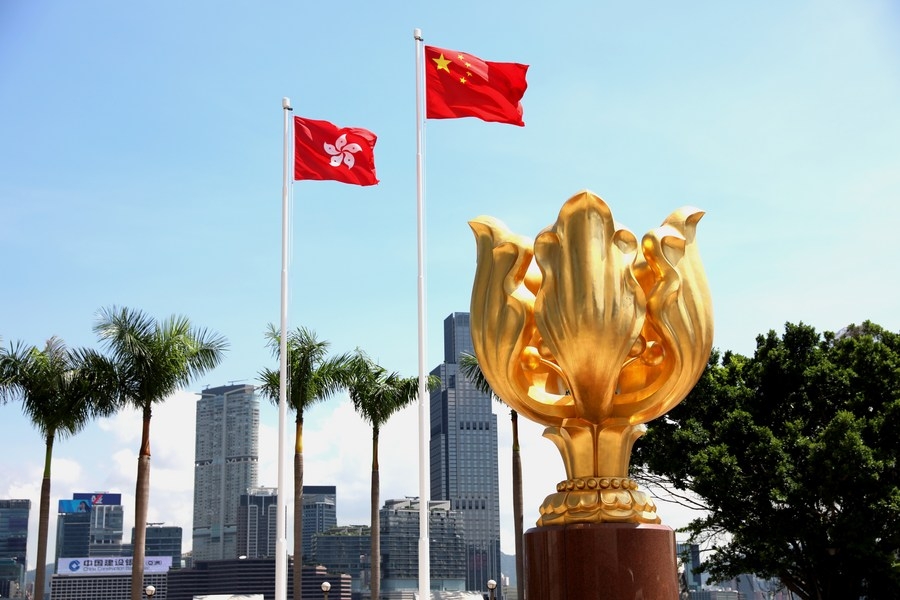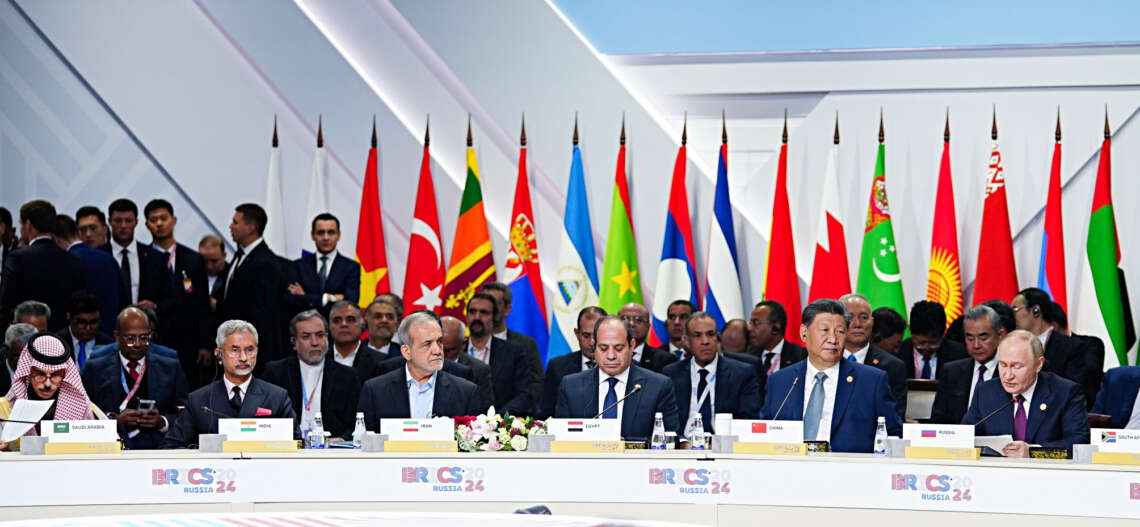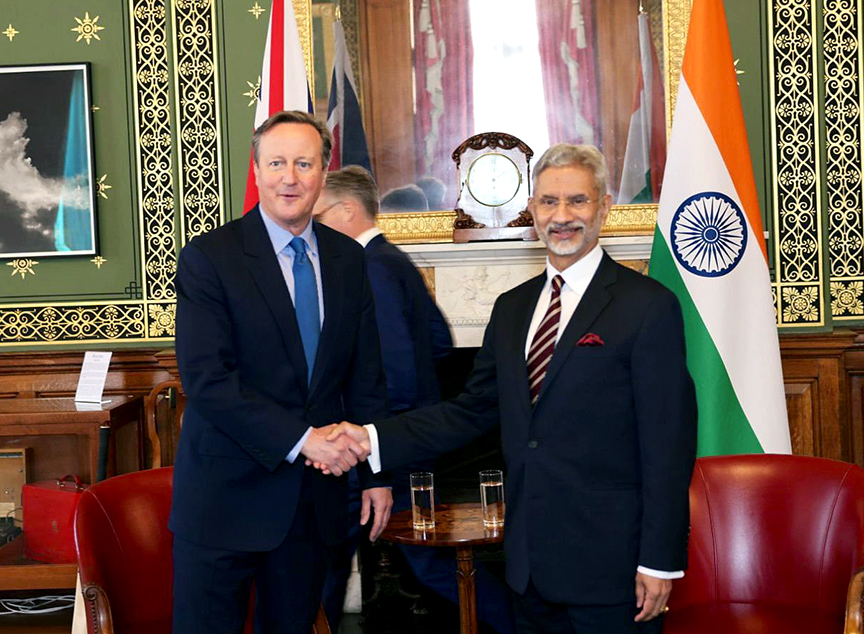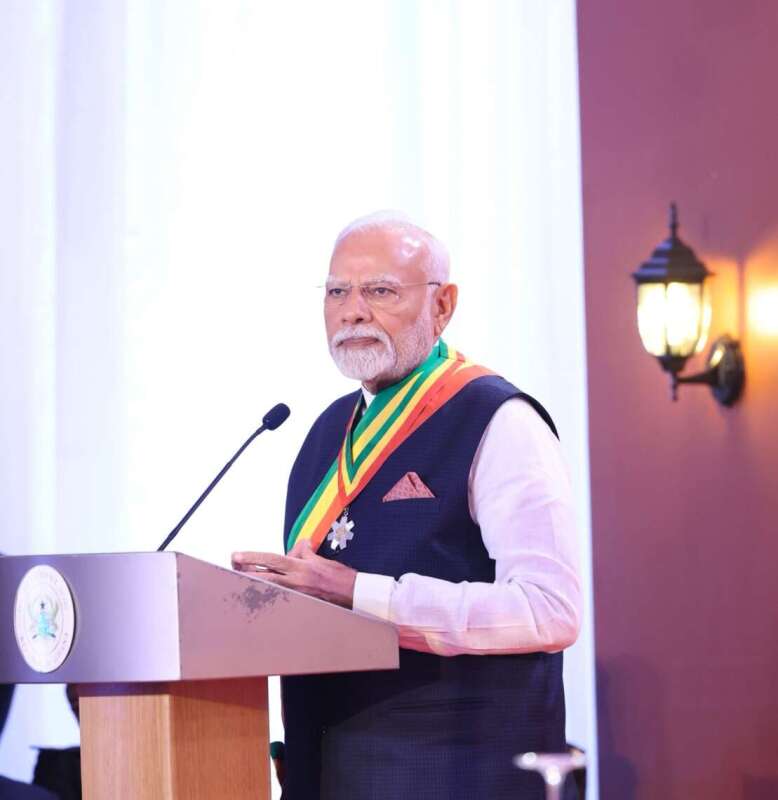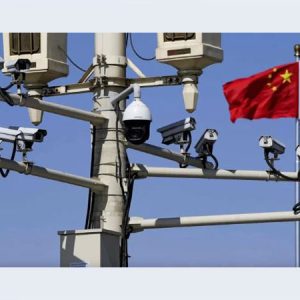The analysts have pointed out that China is being “deliberately unpredictable and incommunicative”, to keep the US military off guard in the Pacific…reports Asian Lite News
China’s increasing aggression around Taiwan Strait — and its refusal to speak to the US military through channels designed to avoid conflict — is fuelling the fears of another major war, The Washington Post reported.
During US President Joe Biden’s talks with Chinese counterpart Xi Jinping this week — their first meeting in a year — the re-establishment of those ties will be high on the agenda.
But, the analysts have pointed out that China is being “deliberately unpredictable and incommunicative”, to keep the US military off guard in the Pacific and to warn against American attempts to help defend Taiwan.
“It’s reached a very, very high level of tension” said Lyle Goldstein, director of Asia engagement at Defense Priorities, a think tank.
Without a breakthrough that eases mistrust, the current “fairly acute crisis” will continue. “War could essentially happen any time,” he said.
Xi and Biden are due to meet on the sidelines of the Asia-Pacific Economic Cooperation Summit in San Francisco, part of a broader effort to reset relations that have rapidly deteriorated amid heated technology competition, a rogue balloon and increasingly brazen Chinese military activity in the South China Sea and around Taiwan, The Washington Post reported.
At the same time, as Beijing tries to intimidate Taiwan, the Chinese military has conducted more than 180 risky intercepts against US surveillance aircraft in the Pacific in the past two years, more than in the previous decade.
The chairman of the Joint Chiefs of Staff, Gen. Charles Q Brown Jr., said that he had written to his Chinese counterpart urging the resumption of military communication channels that Beijing severed in retaliation for then-House Speaker Nancy Pelosi’s visit to Taipei last year.
It is “hugely important” to “ensure there is no miscalculation” between the militaries, he said.
White House national security adviser Jake Sullivan also reiterated this on Sunday. “The president is determined to see the reestablishment of military-to-military ties because he believes it’s in the US national security interest,” he said on CBS’s ‘Face the Nation’.
According to the report, Chinese military provocations are becoming existential for Taipei.
Beijing claims Taiwan, an island that has never been governed by the Chinese Communist Party, as its territory, and top American intelligence officials say Xi has ordered his military to be ready to invade the island by 2027.
This has become more than theoretical over the past 14 months, since Nancy Pelosi visited and lauded Taiwan’s democratic system, which Beijing viewed as encouraging “separatist forces” in Taiwan.
Beijing retaliated by severing important channels of military-to-military communication and by ordering fighter jets and warships in large numbers to menace Taiwan. That has continued for more than a year. Beijing sent 336 aircraft to the edges of Taiwanese airspace in September alone, prompting Taiwan’s defence minister to warn that the scale and pace of drills were “getting out of hand”, the Washington Post reported.
The report further pointed out that the fighter jets that once stayed on China’s side of the Taiwan Strait have been crossing the median line, an unofficial border down the middle of the 110-mile-wide strait, with greater frequency and are venturing past Taiwan’s southern tip to the relatively less-defended east coast.
On September 17, a record 103 Chinese warplanes flew near Taiwanese airspace in a 24-hour period.
China sent a drone all the way around Taiwan for the first time in April, and this has quickly become a regular maneuver, with China sending unmanned aircraft to encircle the island five times since.
Chinese aircraft carriers are making themselves at home on the other side of the island, in the Pacific Ocean, which the United States has long considered its military purview. There, they launch jets at Taiwan’s east coast and practice repelling the United States should it one day come to defend Taiwan from a Chinese invasion.
The September drills were the largest in the waters to Taiwan’s east for nearly a decade, with 17 warships including the Shandong aircraft carrier holding large-scale exercises stretching from the Philippines Sea to near the American territory of Guam.
Barely a month later, the Shandong strike group again sailed through the Bashi Channel between Taiwan and the Philippines, marking its third entry into the Pacific this year.
For Taipei, the frequency of Chinese drills over the last year confirms Beijing’s disregard for long-standing norms of standard military behavior in the region. Without those tacit agreements, it’s easier for accidents to happen and harder to contain fallout if they do.
There is also a political component to all this military coercion: Aside from wearing down Taiwanese defenses, it creates psychological pressure on the island’s 23 million inhabitants to give in to Beijing’s demands for unification, the Washington Post reported.
As per the analysts, Beijing is “saber rattling”, partly to try to influence the Taiwanese presidential election in January. Leading the polls is Lai Ching-te, vice president of the ruling Democratic Progressive Party, which historically supported formal independence from China.
The Chinese Nationalist Party, or Kuomintang, which favours more trade and closer relations with Beijing, is trailing behind.
The report cited a US military intelligence assessment, which revealed in the Discord leaks, described how Washington’s Indo-Pacific Command now considers it harder to distinguish between Chinese military coercion and the full-scale mobilization that would presage an invasion.
China’s increasingly frequent entries aim to erode the US Navy’s ability to come to Taiwan’s defense if it came under attacks from China — something Biden has repeatedly said he believes it should do.
However, the US does not have a formal defense treaty with Taiwan, but it is committed to providing Taiwan, through arms sales and military aid, with weapons to defend itself, the report added.
China’s exercises are meant to demonstrate to the United States and its allies that China is ready to fight off the US Navy in the region, said Chieh Chung, an associate research fellow at National Policy Foundation, a Taiwanese think tank.
They are designed to “convey a strong sense of protest” against American involvement to defend Taiwan, he said.
As per the analysts, while Washington is pushing Beijing to restore military communications, China may be reluctant to talk as part of a strategy to wear down Taiwan and keep the US guessing.
“It’s almost like they want us to be unsettled,” said Allen, who was a staffer on the House Intelligence Committee between 2011 and 2013.
One way China has injected even greater uncertainty is by increasingly incorporating civilian ships, including ferries and cargo vessels, into its military exercises.
The analysts say that China would need these ships to move the huge numbers of troops necessary for an invasion.
In late September, Taiwan took the unusual step of announcing that it was actively monitoring an “abnormal” drill on the Chinese side of the Taiwan Strait, Washington Post reported.
The exercise involved at least 12 commercial ships rerouted from their usual routes to practice loading and unloading amphibious forces onto the coast of Fujian, the Chinese province closest to Taiwan, according to J Michael Dahm, a senior resident fellow at the Mitchell Institute for Aerospace Studies, a think tank.
Satellite imagery analyzed by Dahm suggested that this year’s exercise involved significantly more general cargo ships than in the past. It focused on having amphibious forces get on and off ships moored offshore, a practice that would let troops disembark without needing to dock in Taiwan.
However, China probably remains years away from being capable of using civilian ships to support a successful cross-strait invasion, Dahm said.
Despite the Chinese efforts at unpredictability, the sheer scale of mobilization necessary to invade Taiwan means a sneak attack would be very difficult without American intelligence catching wind of Chinese plans, the report states.
But Beijing can hope to numb Taiwan and get a jump-start on the United States by constantly practicing ever more realistic invasion scenarios.
“These drills keep getting bigger and bigger,” said Tom Shugart, adjunct senior fellow at the Center for a New American Security.
“As the number and frequency continues to grow, it naturally becomes that much harder to know whether next time is the real thing,” the Washington Post quoted him as saying. (ANI)


